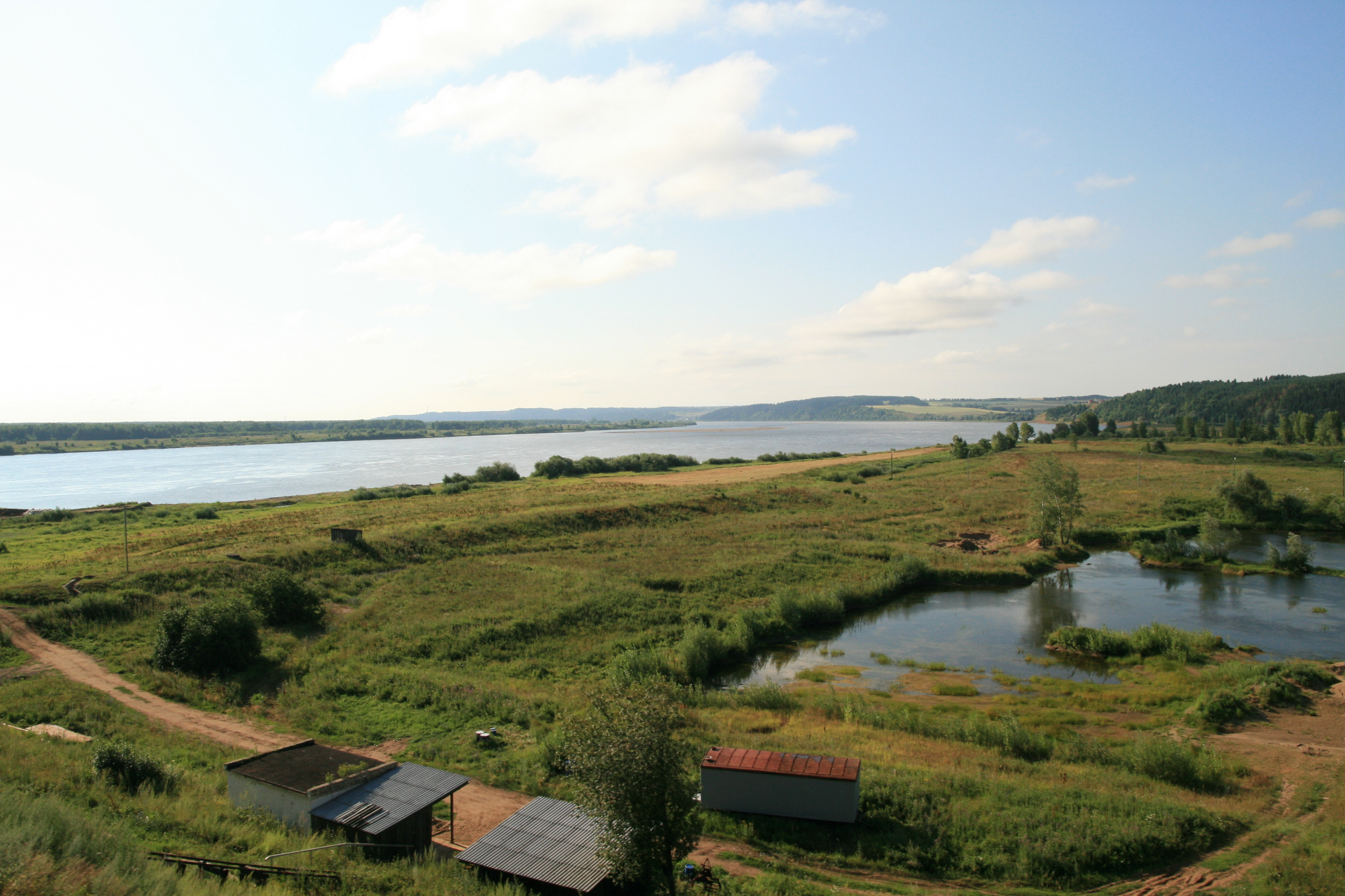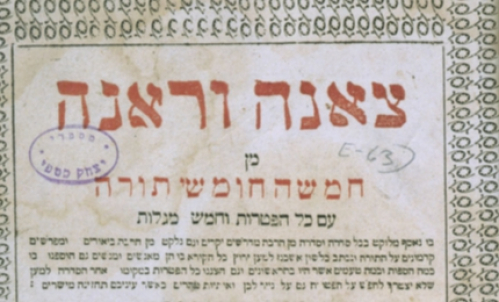Selections from The Polish Jewish Observer - Part 2
by JENNIE EAGLE
The Polish Jewish Observer, a section of the City and East London Observer published for East European Jews in London during World War II, is an exceptionally valuable resource for anyone interested in Jewish refugee networks in Britain and around the world, Polish-Jewish relations, and the development of Holocaust reportage in World War II Britain. Every issue of the Observer contained descriptions of the progress of the Holocaust, and most also contained a “Polish Corner” devoted to the activities of the Polish government-in-exile and other Poles.
Here are some selections from The Polish Jewish Observer. They present a window into the (often unfulfilled) hopes and (justifiable) apprehensions of Polish and other European Jews in Great Britain during World War II.
Friday, January 7, 1944
“Jewish Children from Wilno [Vilnius] in Russia
A large number of evacuated Jews from Western White Russia and from Lithuania have concentrated on both sides of the River Kama, in Udmurt. They have established a number of Jewish cultural institutions and Yiddish schools.
Four hundred Yiddish speaking children who attended the Yiddish schools at Wilno, Bialystok and Grodno, arrived in the town of Sarapul, on the River Kama, at the beginning of July, 1941. Their teachers accompanied them; among them, Samuel Pevsner, a well-known educational authority, who was director of the Yiddish Secondary School in Bialystok.”
Historical Note: On June 22, 1941, when Germany invaded the Soviet Union, 300 Polish and Lithuanian children, including 140 Jewish children were attending a Communist Pioneer Camp in the spa town of Druskininkai, Lithuania. Thinking quickly of how to protect their young charges, Stasys Sviderskis, (the gentile camp director), Shmuel Pevsner (a Jewish troop leader of the camp), and other young camp counselors hurriedly evacuated the children by train. According to one account, Sviderskis handed the keys to the camp's stores of food and other supplies to the train engineer of the Druskininkai station and said, "You can take anything you want if you get the children out.”

They traveled for more than ten days, moving at breakneck speed, often screeching to a halt to avoid German bombs throughout the harrowing journey. While some accounts indicate that Sviderskis intended to bring the children back to their families, circumstances forced them to travel to Udmurtia, west of the Ural Mountains in Russia, instead. Finally arriving in the town of Sarapul, the children were transferred to a sanatorium, then to the village of Sharkony, and finally to the village of Debesy on the Cheptsa River. Although the children suffered from the harsh climatic conditions and inadequate food, Pevsner made sure they were tucked in at night and that their feet were warm.
Sviderskis, Pevsner, their fellow counselors, and Lithuania's Soviet government-in-exile all contributed to the survival of the Jewish children of Druskininkai. Sviderskis was recognized as Righteous Among the Nations by Yad Vashem in 1997.
Friday, January 21, 1944
“LIQUIDATE PINSK AREA
The whole of the Jewish population of the city of Pinsk, Eastern Poland [now Belarus], and of the towns and villages around have been annihilated by the Germans. According to information received recently from Jewish and Polish partizans [sic] active in that district, the Germans through their “Vernichtungskolonne” operating there through the autumn of 1943 have massacred the entire Jewish population of Pinsk, Sluck [now Slutsk, Belarus], Szczerbawa and numerous neighbouring towns and villages.”
Historical Note: The Germans invaded Pinsk, now in southwestern Belarus, on July 4, 1941. Between August 5 and 7, they shot about 11,000 Jewish men between ages 16 and 60. In the spring of 1942, they established a ghetto and forced 18,300 Jews to move into 240 houses within one day. Between October 29 and November 1, 1942 they murdered about 10,000 Jews, sparing only 143 craftsmen performing “useful work.” On December 23, 1942 those 143 craftsmen, too, were murdered.
The Germans invaded Slutsk, now in central Belarus, on June 27, 1941. They created a ghetto in July and erected four buildings with tombs from the local Jewish cemetery. With the aid of Lithuanian collaborators, they killed 3,000 to 4,000 Jews in Ivan, west of Slutsk, on October 27-28, 1941. They established two separate ghettos for Jews and gradually liquidated them in 1942 and 1943. When the Soviets liberated Pinsk on July 14, 1944, they found 17 Jews surviving in hiding.
Yitzhak Arad, in The Holocaust in the Soviet Union, estimates that between 332,000 and 350,000 Jews were murdered in Western Belarus alone during the Holocaust. For Eastern Belarus (previously under Soviet control), he estimates that around 224,000-233,000 were murdered. Ethan Hollander, in Hegemony and the Holocaust: State Power and Jewish Survival in Occupied Europe, estimates that of 375,000 Jews living in the Belarusian Soviet Socialist Republic before the Holocaust, 245,000 were deported and/or murdered.
Learn more about The Polish Jewish Observer and see other selections.
Jennie Eagle is an intern in the YIVO Archives.
- Arad, Yitzhak. The Holocaust in the Soviet Union. Lincoln, Nebraska: University of Nebraska Press and Jerusalem: Yad Vashem, the Holocaust Martyrs’ and Heroes’ Remembrance Authority, 2009.
- Dean, Martin. Collaboration in the Holocaust: Crimes of the Local Police in Belorussia and the Ukraine, 1941-44. New York: St. Martin’s Press, 2003. Published in association with the United States Holocaust Memorial Museum.
- Fields, Kathleen. “Remembering the German ‘Holocaust by Bullets’ in Belarus.” Center for the Humanities. Washington University in St. Louis Arts & Sciences, 30 April 2018.
- Frankel, Edith Rogovin. Old Lives and New: Soviet Immigrants in Israel and America. Lanham, Maryland: Hamilton Books, 2012.
- Hollander, Ethan. Hegemony and the Holocaust: State Power and Jewish Survival in Occupied Europe. London: Palgrave Macmillan (Springer International Publishing AG Switzerland), 2017.
- von Kellenbach, Katharina. The Mark of Cain: Guilt and Denial in the Post-War Lives of Nazi Perpetrators. New York: Oxford University Press, 2013.
- Lew, Henry R. Lion Hearts: A Family Saga of Refugees and Asylum Seekers. Melbourne, Australia: Hybrid Publishers, 2012.
- “Remember Those Who Rescued Children from Druskininkai Summer Camp in 1941.” Lietuvos (Litvakų) žydų bendruomenė (Lithuanian Jewish Community), 25 June 2019.
- Shklarov, Svetlana, ed. Voices of Resilience/Golosa Stoikosti. A Jewish Family Service Calgary project. Coordinated by Rita Matusovski. Calgary, Canada: Jewish Family Service Calgary, 2010.
- Shohet, Azriel. The Jews of Pinsk, 1881 to 1941. Ed. Mark Jay Mirsky and Moshe Rosman. Trans. Faigie Tropper and Moshe Rosman. Stanford, CA: Stanford University Press, 2012. Originally published in Hebrew in 1977 under the title Toledot Kehillat Pinsk-Karlin: 1881-1941 by the Association of the Jews of Pinsk in Israel.
- Silverman, Anav. “How one man saved 140 Jewish children in the Far East from the Holocaust.” The Jerusalem Post, 3 May 2016.
- “Slutsk.” The Untold Stories. The Murder Sites of the Jews in the Occupied Territories of the Former USSR. Yad Vashem, 2019.
- “Slutsk, Belarus.” Encyclopedia Judaica. Jewish Virtual Library: A Project of AICE, 2008.
- “Slutsk (Slutzk) | Minsk.” In Evidence: The Map of Holocaust by Bullets. Yahad - In Unum, 2012.
- “Studio portrait of Isser Nividomsky wearing new clothes.” United States Holocaust Memorial Museum, 28 December 2017.
- Tchesno, Zahkaria. "We Were Left All Alone." Vospominaniya o detstve, opalennom ognem Katastrof’i: Evakuatsiya [Memories of childhood scorched by the Catastrophe’s fire: Evacuation]. Israeli Association of Immigrant Scientists, 2014.


